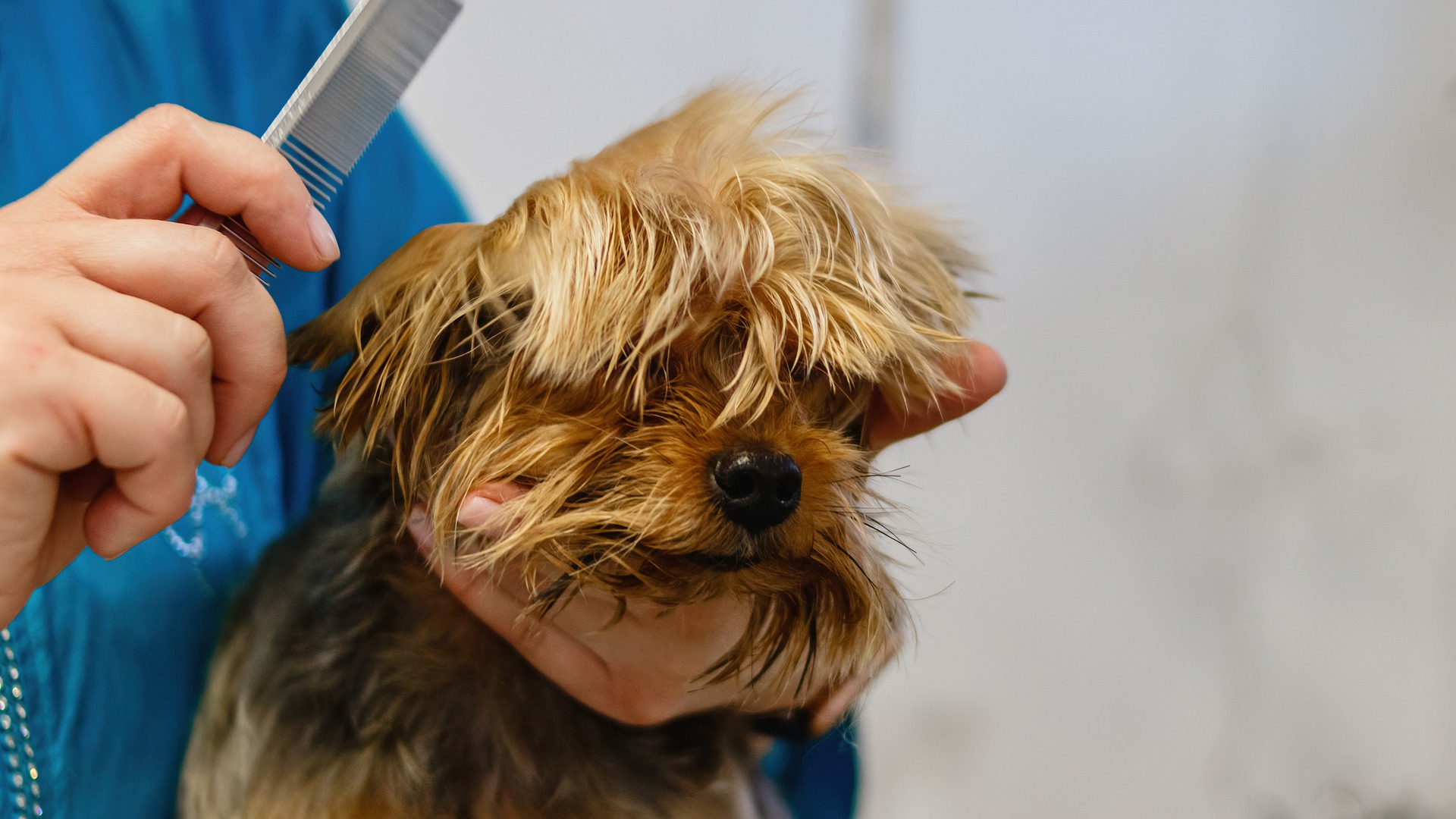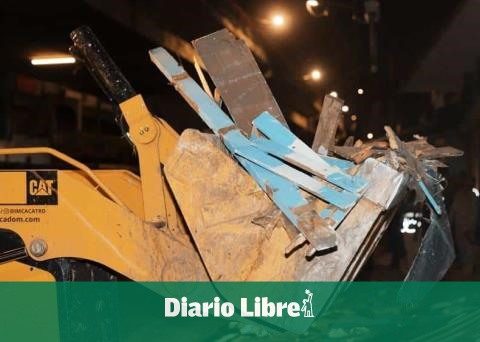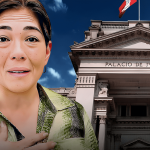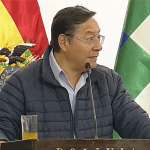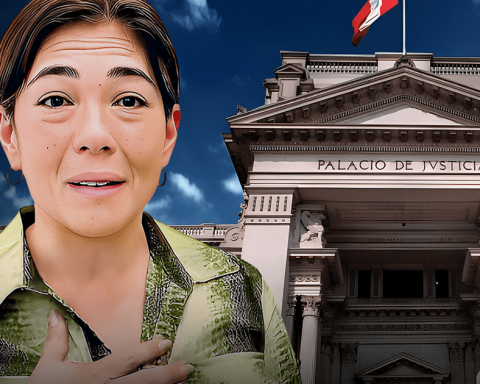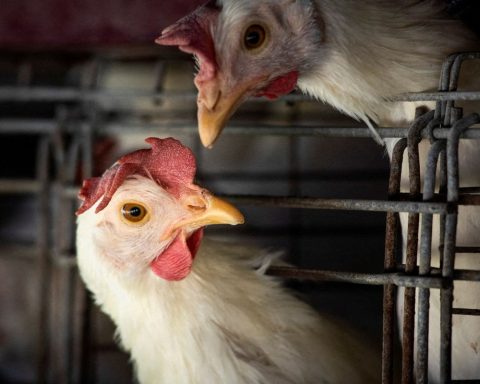One can gaze in wonder at many dogs of breed and “cordón vereda”, a contagion of dog behavior of peeling the dog “so that it does not suffer from the heat”. In this way, many dogs can be seen with their hair cut, neat, very close, with their heads left at their natural length and their tails blowing in the wind like a pompom.
In this way, cuts were created with names that attribute to Bobby or Colita wild animals far removed from their behavior and origin: “little lion”, “little tiger”, and others with incredible and indecipherable names and aspects.
Everything arises in the belief that they are doing the dog a good, getting him out of the heat. The dogs seem to react, after the cut, as if they felt ashamed as if they had been undressed in public.

Dogs feel unprotected against the loss of their hairy coat
In reality, they feel unprotected against the loss of their hairy mantle. The vast majority of dogs have two types of hair: one long and firm, outside, which is the true hair, and another shorter inside, very fine and tenuous, which is lanugo, jarre or plush.
The outer layer is true hair, firm and consistent, with body and serves as excellent protection and insulation against rain and cold, isolating the animal from possible injuries as if it were a natural armor.
This hair is not subjected to seasonal moults, that is, it does not fall out, but undergoes permanent, gradual and imperceptible replacement by the biological renewal of the layer. The second layer of hair, the inner one, is responsible for its own characteristics of thermal insulation, and suffers what we call seasonal moulting, the dog loses it twice a year to adapt its coat to the prevailing climate.
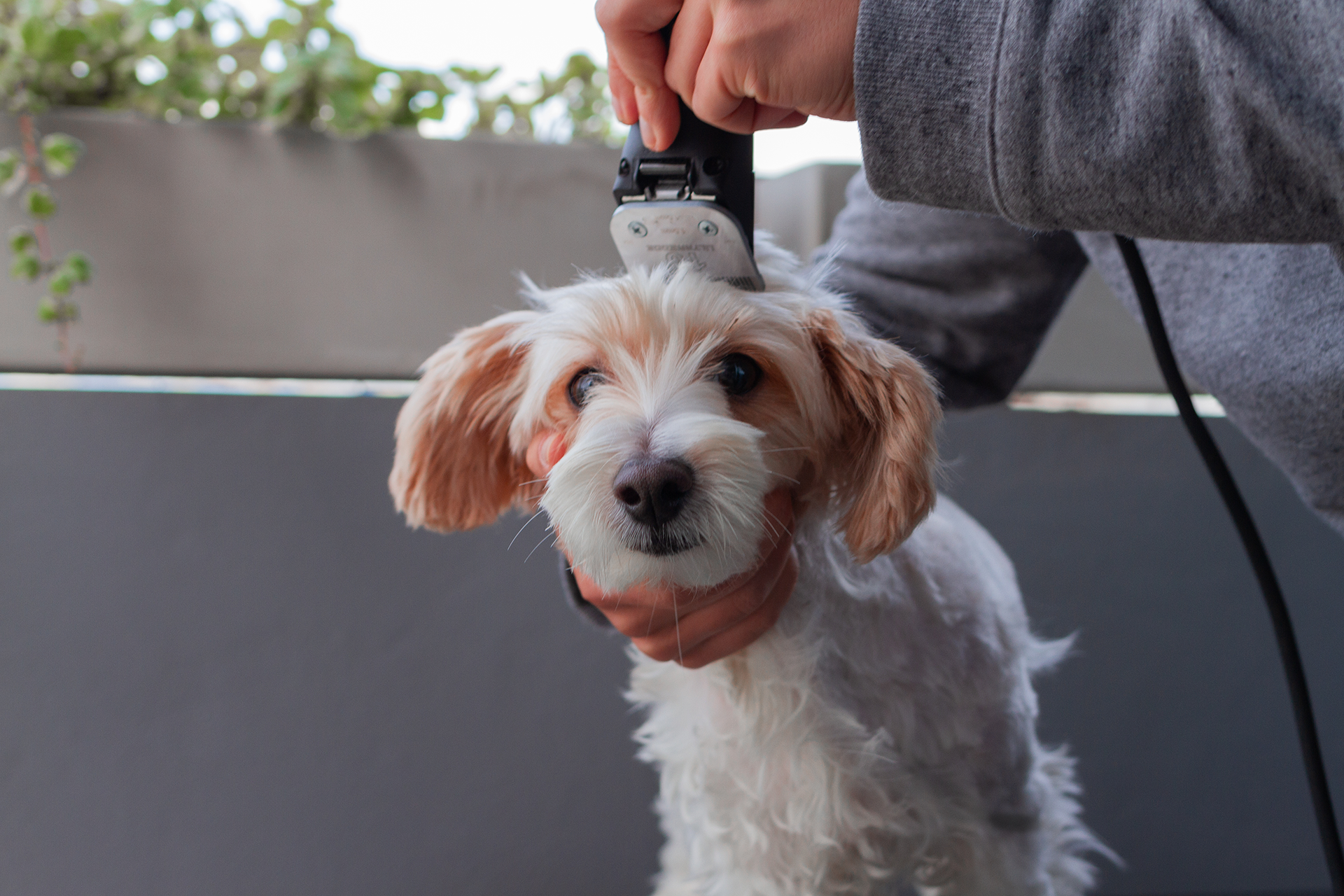
The second layer of hair, the inner one, is responsible for thermal insulation, and undergoes what we call seasonal shedding.
Not all breeds have this coat, nor do they suffer from seasonal shedding, which is why it is said that some of them do not lose their hair, such is the case of the poodle or the Maltese.
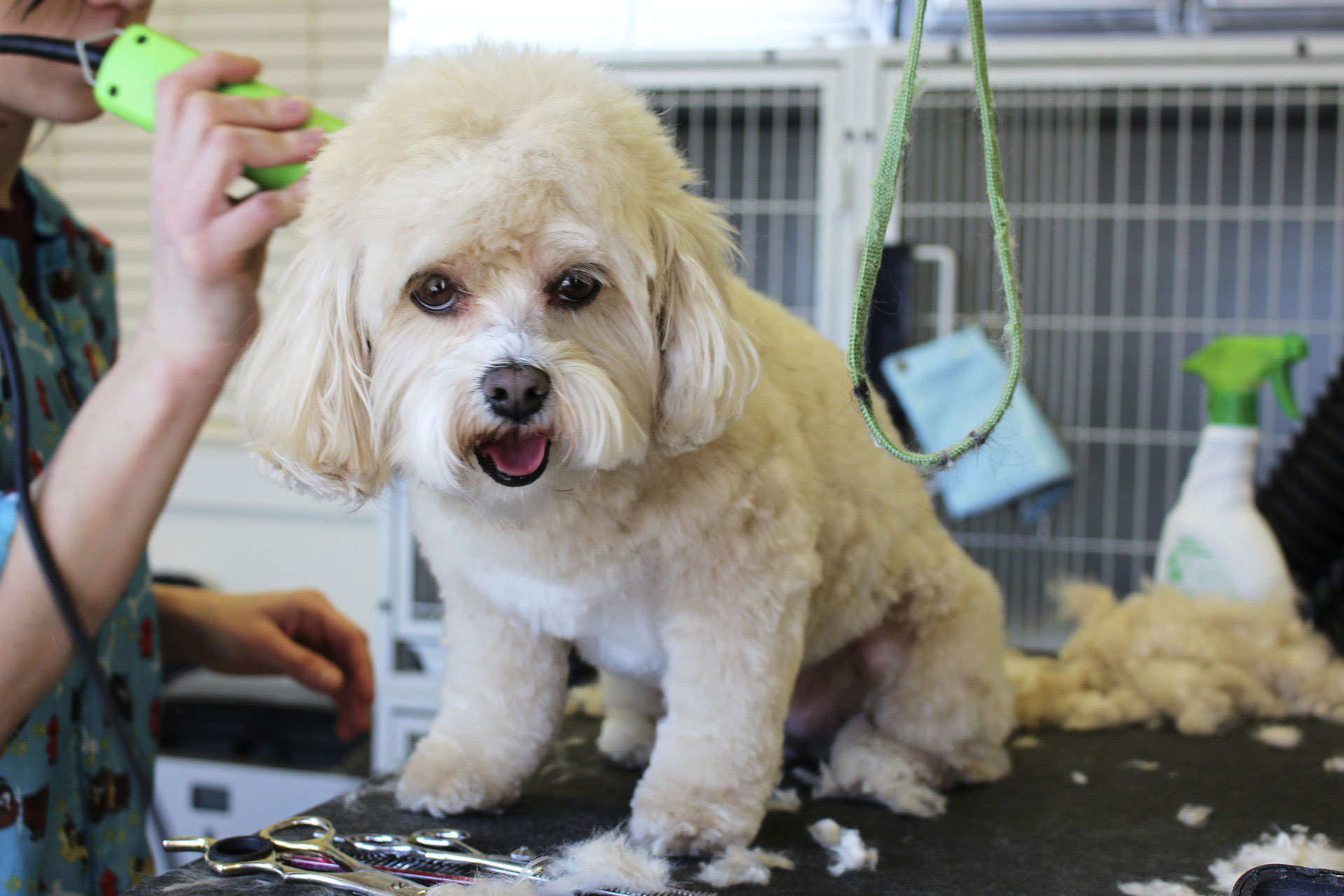
In short, the dog has an insulating raincoat on top and a warm sweater underneath that he takes off or puts on as needed. On the other hand, the dog regulates its thermal situation in a very different way from man and other animals. Dogs do not perspire like humans or horses: they only have sweat glands in the palms of their hands and on the soles of their feet, so that their thermal regulation is given mainly by evaporation in their mouth (drooling). , by dilation of the tongue (eliminating heat by radiation) and by panting.
That is why when faced with a certain ambient temperature, dogs pant and drool in advance and as a first compensatory reaction. We then think, as human beings, that the dog is fainting from heat and although he is hot, it is not as hot as the humanization of the situation suggests.
Therefore, motivated by this situation, when peeling it, we strip it, without knowing it, of all the insulating protection that nature provided. It is as if a Bedouin, an experienced man of the heat and the desert, were stripped of the clothes with which he insulated his entire body from it. We rip off the dog’s sweater and raincoat, we pay good money for it and as a consequence it suffers much more from the heat because we deprive it of its natural insulation.
Source: Infobae
